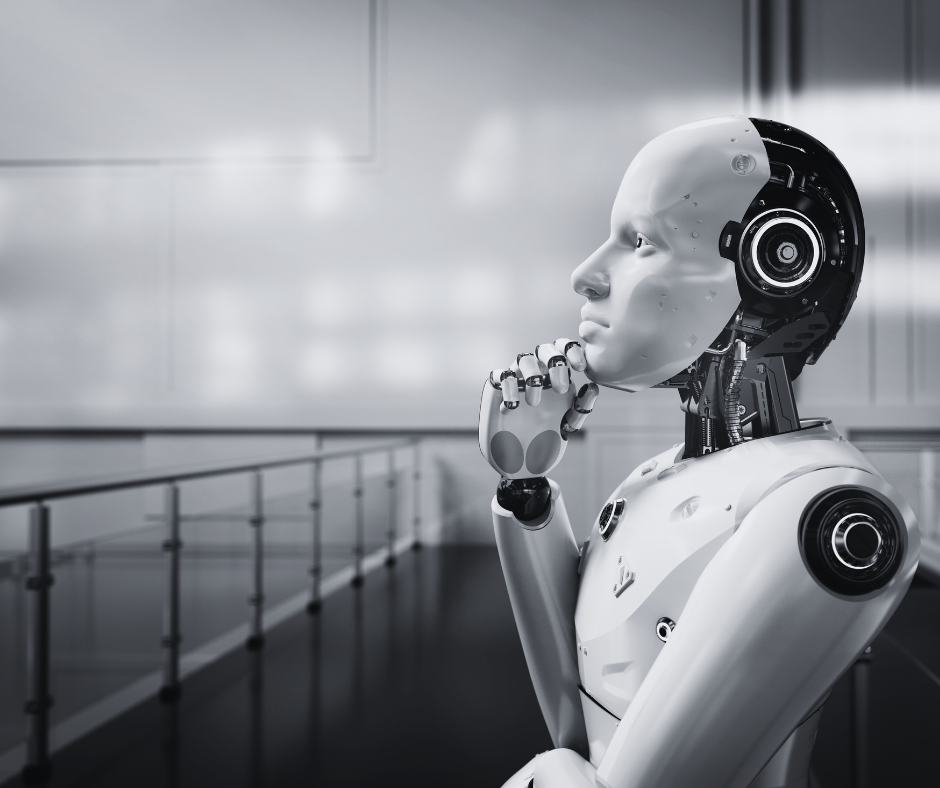Welcome to the first episode of our AI Series! In this TP24 Insight Series, we’re embarking on a journey to unravel the mysteries of Artificial Intelligence (AI). Whether you’re a seasoned professional or just dipping your toes into the world of tech, this blog is your gateway to understanding the magic behind the buzzwords.
Understanding AI: Breaking Down the Terms
AI, machine learning, neural networks – the world of artificial intelligence is brimming with terms that can seem like a foreign language. Let’s start with your AI cheat sheet to make the concepts more accessible.
Artificial Intelligence (AI): At its core, AI refers to the ability of machines to mimic human intelligence. It encompasses a broad range of technologies and applications that enable computers to perform tasks that typically require human intelligence.
Machine Learning (ML): ML is a subset of AI that focuses on developing algorithms allowing machines to learn from data. Instead of being explicitly programmed, machines use statistical techniques to improve their performance on a specific task over time.
How AI Works: Peeling Back the Layers
AI operates on the principle of learning from data and making informed decisions based on that learning. Here’s a simplified breakdown of how AI systems work:
Input Data: AI systems begin by ingesting vast amounts of data relevant to the task at hand. This data serves as the foundation for learning and decision-making.
Training: During the training phase, the AI system uses algorithms to identify patterns and relationships within the data. It refines its ability to make predictions or classifications by adjusting its parameters iteratively.
Testing and Validation: The trained AI model is then tested and validated using new data to ensure its accuracy and generalizability. This step is crucial to ensuring that the AI system can perform effectively in real-world scenarios.
Deployment: Once validated, the AI model is deployed for real-world use, where it can continuously learn and adapt as it encounters new data.
Real-world Examples: Where AI Meets Everyday Life
Now that we’ve laid the groundwork, let’s explore how AI is seamlessly woven into our daily lives, often without us even realising it.
Virtual Assistants: Siri, Alexa, and Google Assistant are perfect examples of AI-driven virtual assistants that understand natural language and perform tasks based on user commands.
Recommendation Systems: Ever wonder how streaming platforms suggest the perfect movie or series? AI-powered recommendation systems analyse your viewing habits to predict what you might enjoy.
Image Recognition: AI excels at recognizing patterns, making it invaluable in image recognition applications. From facial recognition on your smartphone to identifying objects in photos, AI is at work behind the scenes.
By understanding these real-world examples, we can see how AI is not just a futuristic concept but a tangible force shaping our present and future.
In the next episodes of our AI Series, we’ll delve deeper into the applications, implications, and potential of AI in various industries. Whether you’re a business owner, tech enthusiast, or simply curious about the future, join us on this journey as we continue to decode the power of AI.
Stay tuned for more insights, practical tips, and real-world examples that will empower you to navigate the AI landscape with confidence! The future is intelligent, and it’s just beginning.

